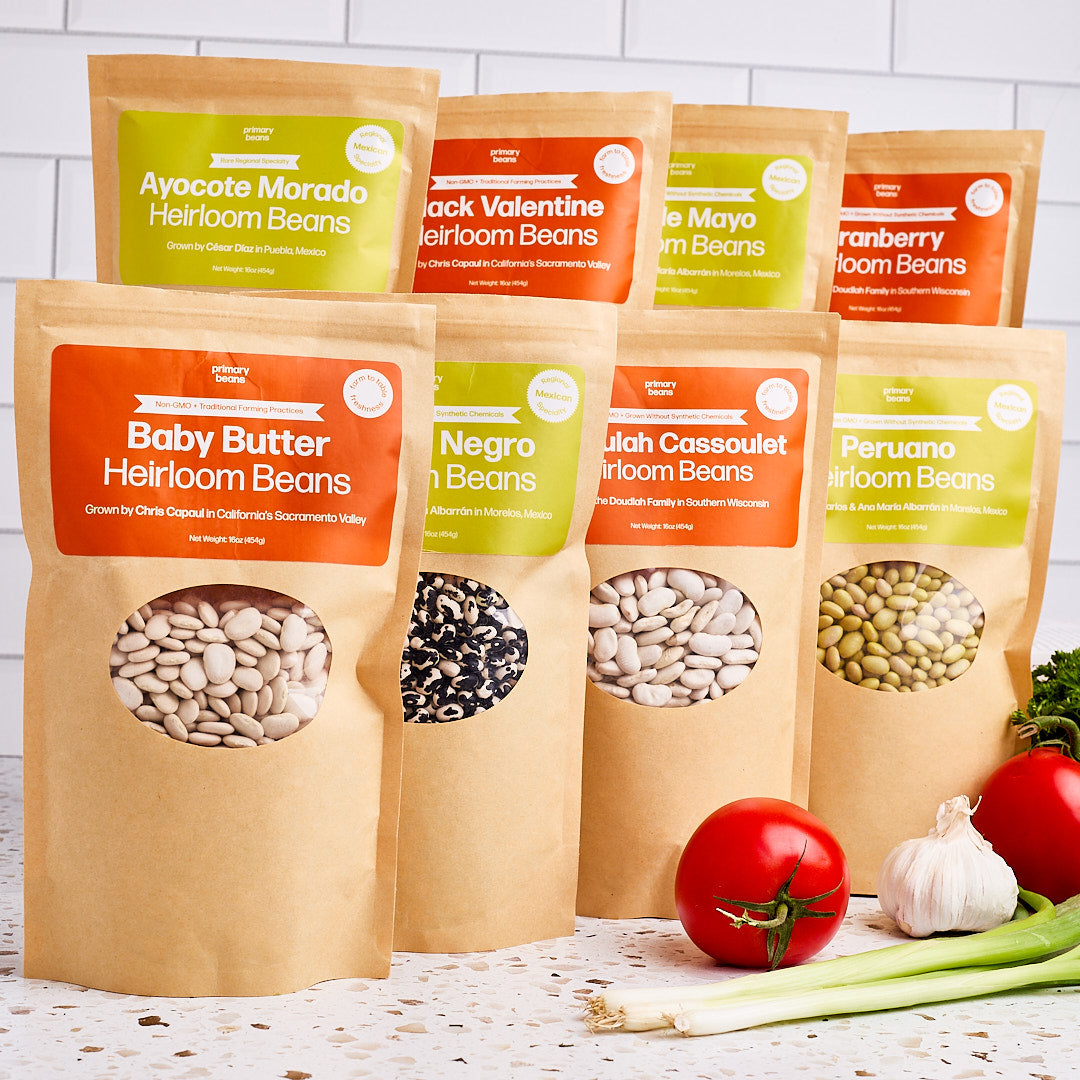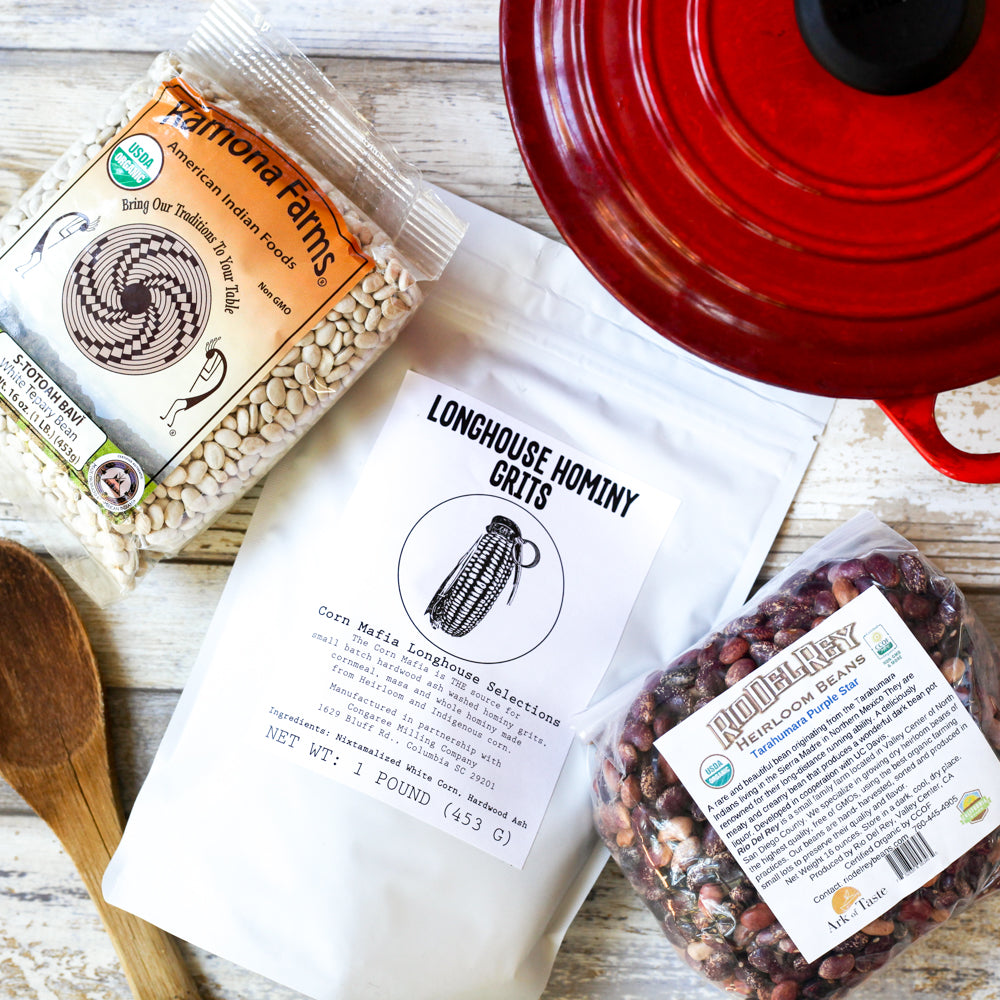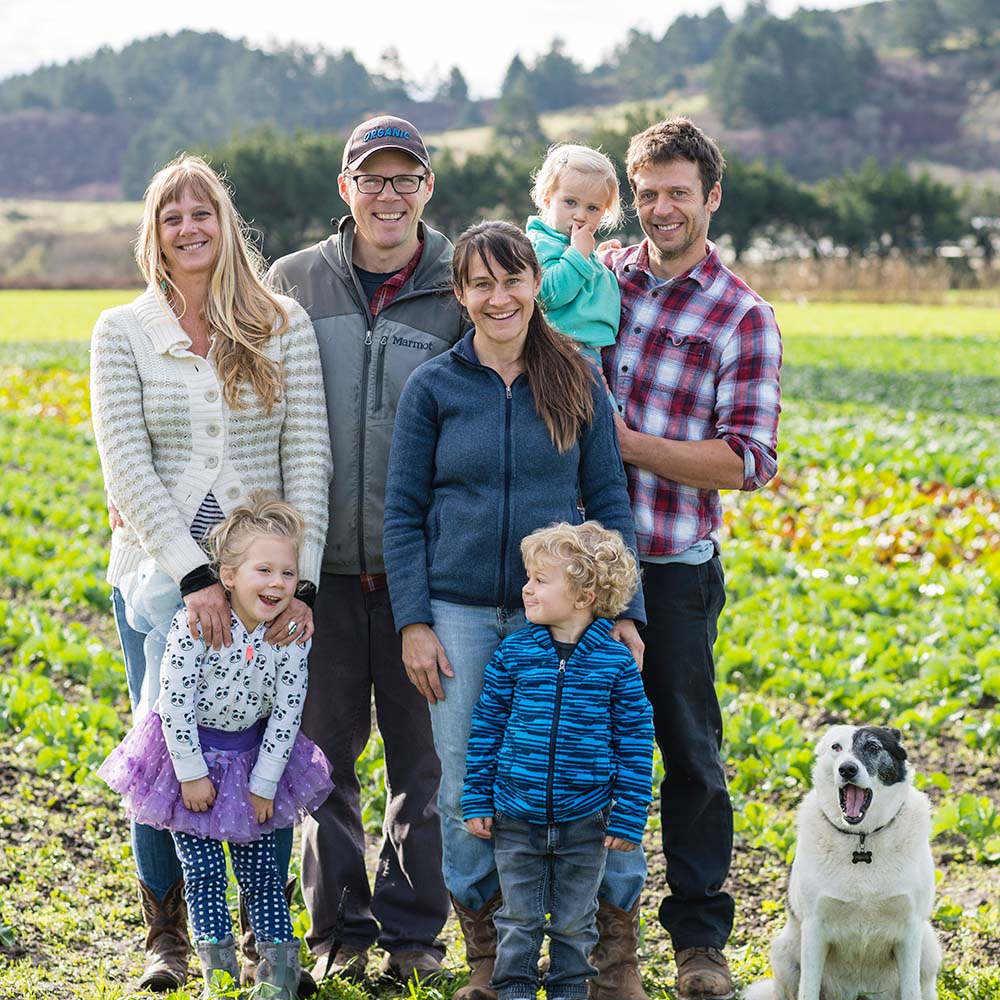10.99 FLAT RATE SHIPPING
10.99 FLAT RATE SHIPPING
SHOP
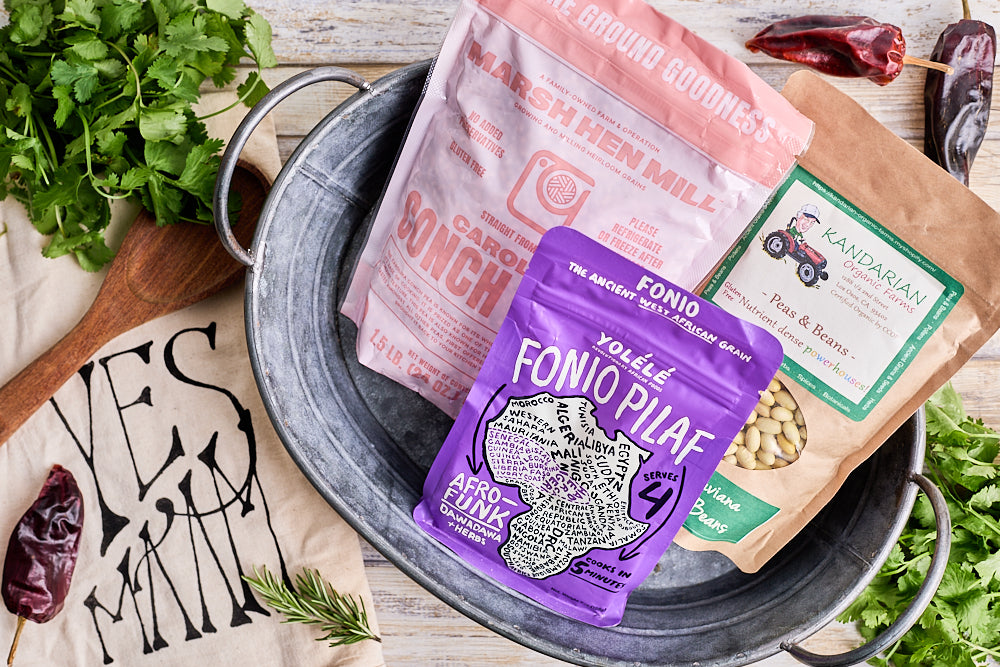
February 2024 Heirloom Bean + Grain Club
January 31, 2024 5 min read
Hello Bean family! February beckons us to celebrate love, history, and the culinary wonders that bind us together. This edition is a symphony of flavors and stories, featuring the exquisite Organic Peruviana beans from the fertile soils of Kandarian Organic Farms. In honor of Black History Month, we're thrilled to showcase the Carolina Conch Peas, a resilient and cherished ingredient brought to the Southern US by enslaved people, weaving stories of tradition and resilience into every bite. And making its grand debut in our club, the Afro Funk Fonio Pilaf by the visionary Senegalese Chef Pierre Thiam, boasting the nutrient-dense dawadawa, fermented seeds from the drought-resistant African locust bean tree. The result? A dance of deep and complex umami flavors, heightened by scallion and earthy mushroom notes. Get ready to savor the richness of February in a box that's not just a culinary experience but a journey through history and culture.
Incase you are wondering, I got that wonderful "Yes Maam" tea towel from The Bitter Southerner.
THE BEAN AND GRAIN BOX CONTAINS:
Organic Peruviana, Heriloom Conch Peas, Afro Funk Fonio Pilaf
THE BEAN ONLY CONTAINS:
Organic Peruviana, Heriloom Conch Peas, King City Pink Beans
NEW TO THE CLUB?
Check out our blogposts with everything you need to know to get the most out of your membership in the heirloom bean and grain club.
How To Cook A Perfect Pot of Beans
The Definitive Guide To Cooking Beans
ORGANIC PERUVIANA BEANS
Peruviana Beans are also known as Canary Beans because of their yellow collor. No matter what you call them, this butter-yellow legume is a delicious thin skinned bean with a creamy texture similar to pinto. Dubbed the "king of beans" by Latin chefs, it is incredibly versatile and used in everything from refried beans to soups. Some claim this tasty yellow bean is easier on digestion and less gas producing than other beans.

The humble Peruviana is a descendent of the common bean (Phaseolus vulgaris), the first bean in the Americas. The 8,000 year old bean was discovered in Peru. Peruvian beans are an important part of the diet of people of this region in modern times as well. In 1978, two yellow bean varieties of these beans were crossed by Mexican agronomists in order to improve yield and quality of the beans. The offspring of that pairing was named Mayocoba after the name of a village in the Sinaloa state.
What To Cook With Them
We are loving cooking with the Peruviana. Combine it with rice to create the classic Peruvian dish, Tacu Tacu. If you can't get your hands on Aji Amarillo Paste you can substitute for Habanero as the closes equivalent. I like mine a bit milder so I used one of my favorite hot sauces. These creamy yellow beans would be amazing instead of white beans in this vegan corn chowder. This simple Peruvian bean salad will be the perfect lunch. For another rice and beans dish you might enjoy this Tex Mex Rice and Beans with Zucchini recipe. Taking your Peruviana (aka Canary) beans on a different international spin, try this delectable curry dish from Holy Cow Vegan.

ABOUT THE FARMER
When it comes to ancient grains and farming, Larry Kandarian is legendary. Meeting Larry at the Santa Monica farmers market feels like meeting an agricultural prophet. He can talk to you all day about varieties of beans and grains you've never heard of and how going beyond just organic to fully sustainable and regenerative farming creates better tasting food. His deeply weathered hands from over 50 years working in the fields, let you know that he's the real deal. Unlike others, Larry doesn't just own a farm, he is a true farmer. He is passionate about growing better tasting food that is also better for us and the planet. His incredibly diverse array of grains, legumes, herbs and spices grown in Los Osos, California are all carefully chosen heirloom varieties that work together to create a self-sustaining eco-system that requires no fertilizer, pesticides or weed killers. All of this leads to better soil health, and when you grow food in better soil it just tastes better. You can listen to Larry on a podcast by Consumed here.
CAROLINA CONCH PEA*
The Conch Pea is one of more than 50 varieties of cowpea, or field pea identified in the Southern US. The first cowpeas were brought to this country in the 1600s by enslaved people from West Africa and quickly became a staple of the South. The Conch Pea, one of many variety often called "lady peas" first appeared in the late 19th century in the St. John’s River region of north Florida, likely having arrived from the West Indies. This cream pea is similar to varieties such as "lady peas", a white pea with a pale eye. Cooked, conch peas are noted for their creamy texture and delicate flavor, making them popular among Southern cooks. They are ideal for soups and stews, adding just the right amount of flavor without overpowering other ingredients.
ABOUT THE FARMER

Greg Johnsman is passionate about preserving traditional Southern foodways on the South Carolina Sea Islands. He and his wife Betsy farm and mill heirloom ingredients at Marsh Hen Mill on Edisto Island, where Betsy's family has farmed for generations. In addition to Sea Island Red Peas, Greg grows Carolina Gold Rice and Jimmy Red Corn on their Sea Island farm and mills the finest cornmeal and grits around on his ancient milling equipment from the 1940s.
WHAT TO DO WITH THEM
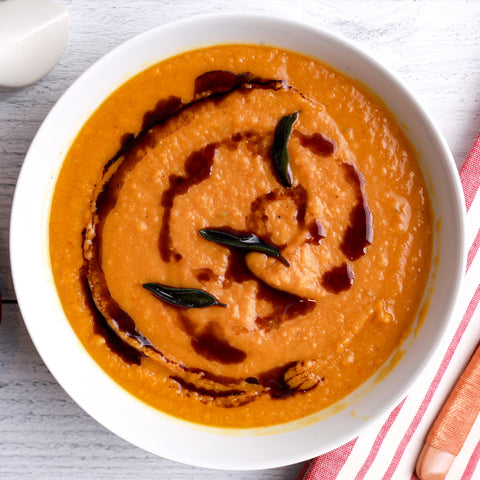
The creamy texture and delicate flavor are perfect for soups, stews and salads. On cold February nights we'll be enjoying Conch Pea and Butternut Squash Soup with Crispy Sage Leaves. For all that Sunday football we think this Carolina Caviar or this Carolina Conch Pea Dip will be perfect for our tailgate party. Conch peas are also known as Lady peas and we're over the moon for this recipe from Edible Nashville for a Lady Pea Salad with Pesto.
FONIO PILAF
This delicious double Ark of Taste ingredient comes to us from a passionate chef on a mission to introduce the cuisine of the African Diaspora to the world and lift up women living in poverty while doing it. Fonio is gluten free, cooks up fast in just 5 minutes. With deep root systems, this ancient grain prevents soil erosion and needs little water. Labor intensive to harvest and process, fonio would have given way to corn and rice without the efforts of subsistence farmers. Considered one of the most important local species in West Africa, fonio has a fundamental role during the “soudure”, the period between harvest and the new cultivations, which is the most difficult period of the year to find food products.
Across West Africa, fermented foods bring dishes to life. The star of Afro-Funk is nutrient-dense dawadawa (aka: iru, netetou, soumbala), fermented seeds from the drought-resistant African locust bean tree. The result? A deep and complex umami flavor, complemented by scallion and earthy mushroom.
Serve with: Roasted vegetables, kebabs, stuffing for mushrooms or peppers.

WHAT TO DO WITH IT
Fonio is like a cross between cous cous and quinoa in both texture and flavor. It cooks up super fast similar to cous cous but is a gluten free ancient grain. We love adding sautéd veggies to ours, you can add chicken or the protein of your choice or put an egg on it! It's already seasoned by the Chef and ready to eat in 5 minutes as a side or a main dish.
ABOUT THE MAKER
Yolélé was founded in 2017 by Seneglese chef Pierre Thiam to create economic opportunity for smallholder farming communities; to support biodiverse, regenerative, and resilient food systems; and to share Africa’s ingredients and cuisines with the world. Yolélé is changing conditions for rural West African smallholder farmers. This population is among the world’s most vulnerable. Many young people seeking job opportunities simply leave, often to overcrowded cities where jobs are hard to find, or risk their lives on the dangerous path towards Europe.
Recent Articles
About Us
Foodocracy is dedicated to creating a more sustainable and independent food system. We support small, independent farms across the nation.
Get impossible to find beans and grains shipped direct to your doorstep each month from small family farms.
We support small, family owned farms across the nation. Did you know that farmers only make an average of 10 cents on every dollar you spend at the supermarket? Working directly with farms and not middle men ensures that more money goes back to the people actually growning your food.
Get 10% Off
Sign up for delicious recipes and special offers.
**Regularly priced items only.

